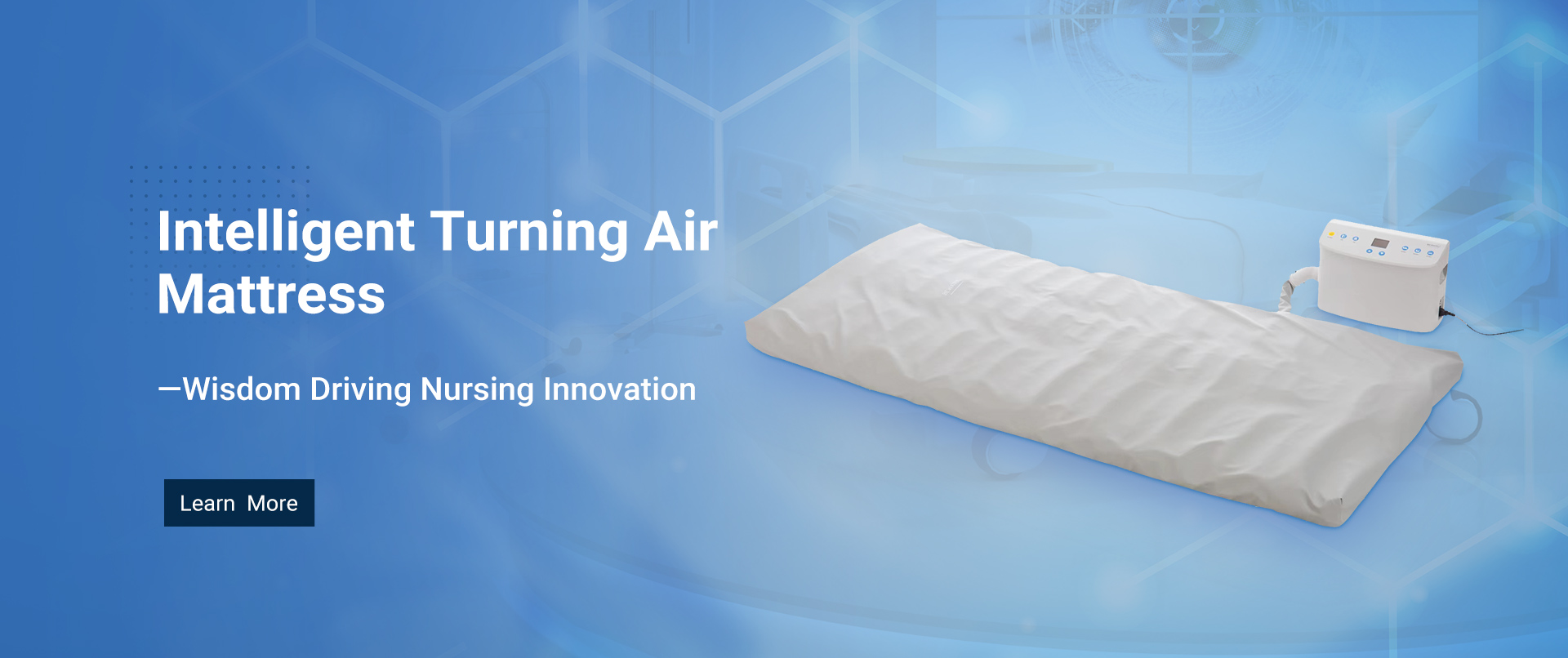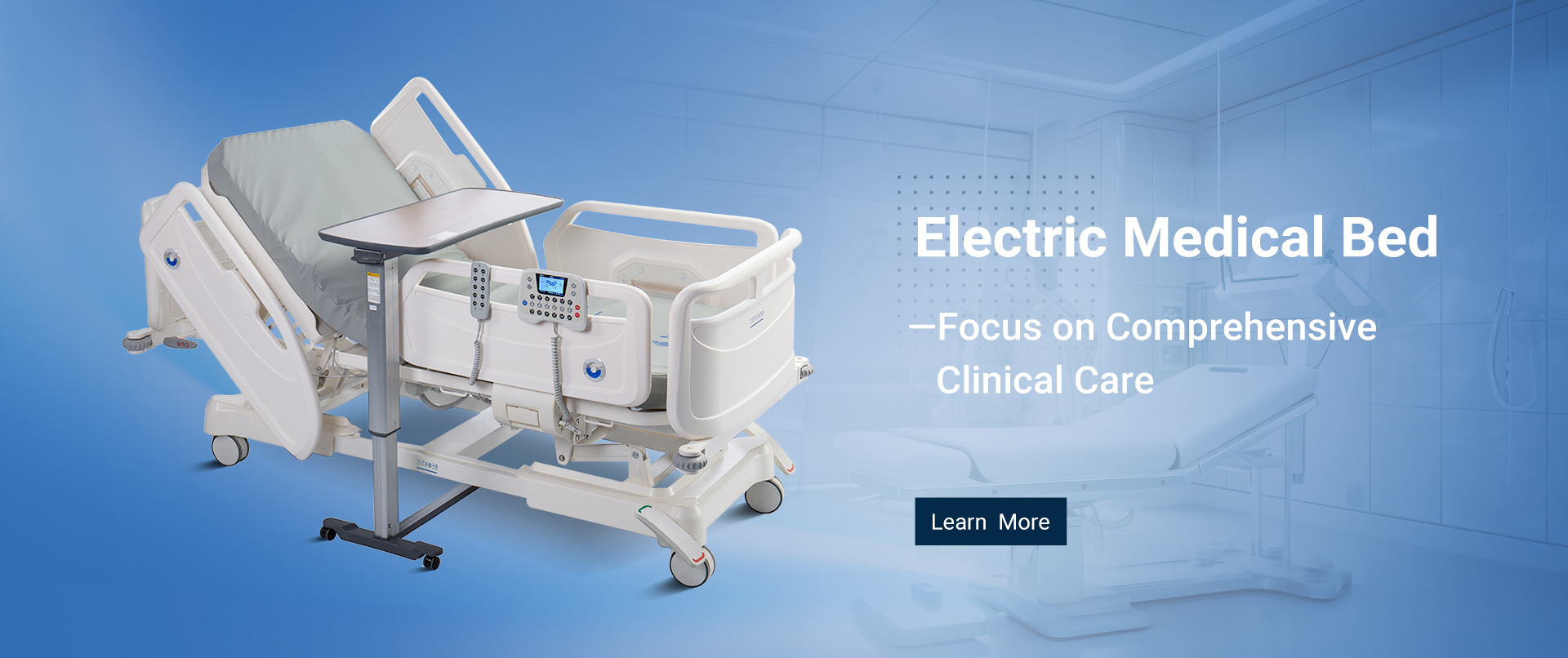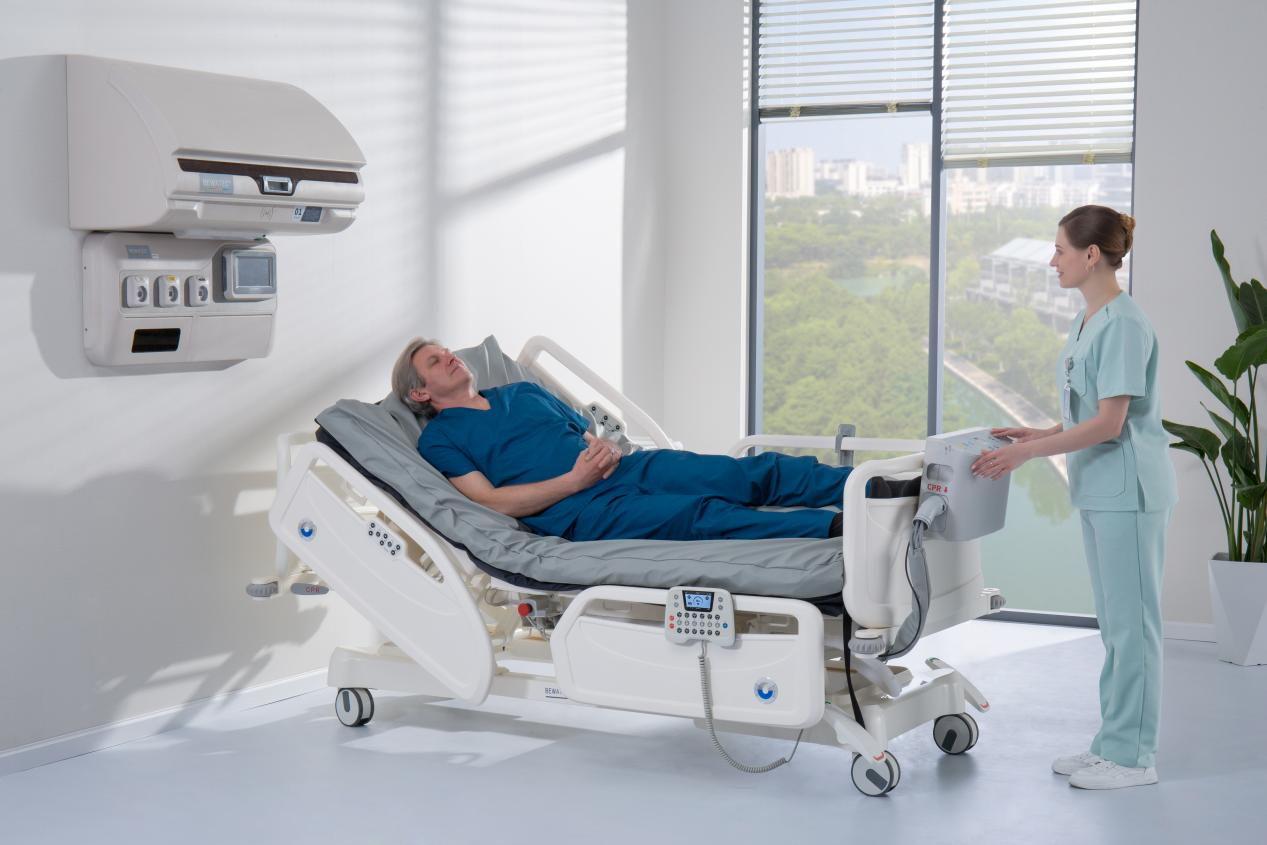Introduction:
In the ever-evolving landscape of healthcare, the integration of advanced technologies has ushered in a new era of patient-centric care. Among these innovations, electric hospital beds stand out as a progressive alternative to traditional manual beds. This article explores the manifold advantages of electric hospital beds, emphasizing their capacity to enhance both the caregiving process and the overall patient experience.
Comfort and Experience:
The intelligent design of electric hospital beds allows for dynamic adjustments, enabling patients to personalize their sleeping positions for optimal comfort. With the ability to modify bed height, as well as the angles of the head and legs, these beds alleviate bodily pain and discomfort. This customization not only improves the overall experience for patients but also contributes to a sense of control over their well-being. In contrast, manual beds, requiring physical adjustments by healthcare providers, lack the flexibility and tailored comfort offered by their electric counterparts.
Convenient Patient Care:
Electric hospital beds come equipped with user-friendly remote controls or buttons, empowering healthcare professionals to effortlessly tailor bed positions to meet individual patient needs. This streamlined approach significantly reduces the physical strain on healthcare providers, fostering a more efficient caregiving environment. Tasks such as turning, sitting up, or transferring the patient become more convenient, ultimately improving patient care and well-being.
Safety and Stability:
Prioritizing safety, electric hospital beds feature multiple protection mechanisms, including anti-pinch functions and overload protection. These safety measures ensure a secure environment for patients during bed adjustments. Conversely, manual beds, reliant on manual adjustments, may pose safety risks, particularly for patients with limited mobility. The stability and safety features of electric beds contribute to a more secure and reliable caregiving platform.
Recovery and Disease Management:
Electric hospital beds play a pivotal role in patient recovery and disease management. The ability to make multifunctional adjustments caters to the diverse needs of patients with varying medical conditions. This not only promotes rehabilitation but also mitigates the risk of complications associated with prolonged bed rest. The integration of technology into the caregiving process supports a holistic approach to healthcare, focusing on both physical and emotional well-being.
Technological Healthcare:
Beyond their physical adjustments, electric hospital beds incorporate advanced technologies such as remote monitoring and data recording. These features provide healthcare professionals with a comprehensive understanding of a patient’s condition, enabling early issue detection and timely intervention. The digitized approach to healthcare enhances the quality of services, transforming the caregiving process into a more efficient, informed, and patient-centric experience.
Conclusion:
In conclusion, the advantages of electric hospital beds extend far beyond their manual counterparts. The customization, convenience, safety, and technological integration offered by electric beds represent a significant leap forward in healthcare innovation. As we continue to witness the evolution of medical technology, electric hospital beds are poised to become indispensable, revolutionizing patient care and setting new standards for healthcare institutions worldwide.
Post time: Feb-19-2024










